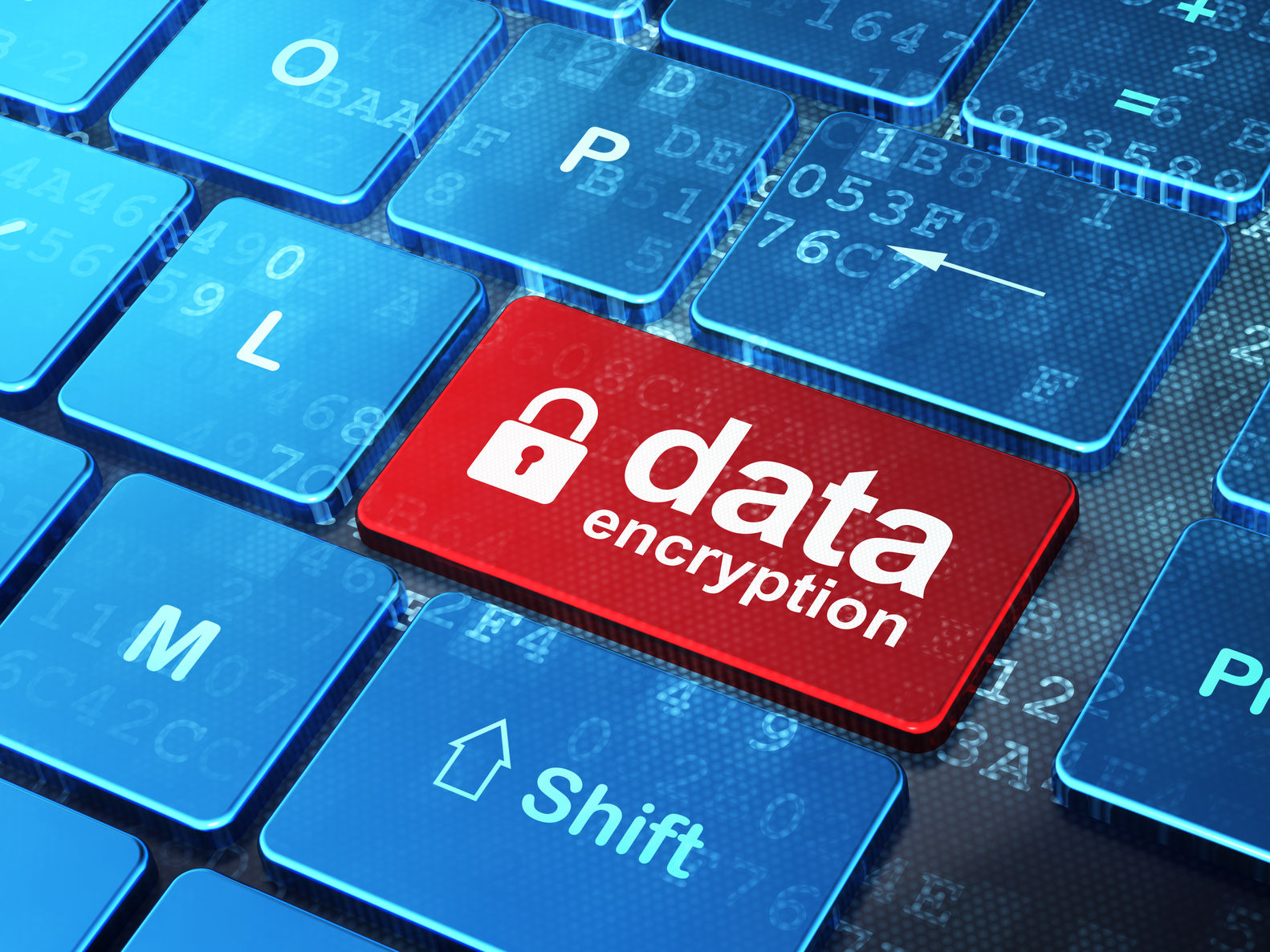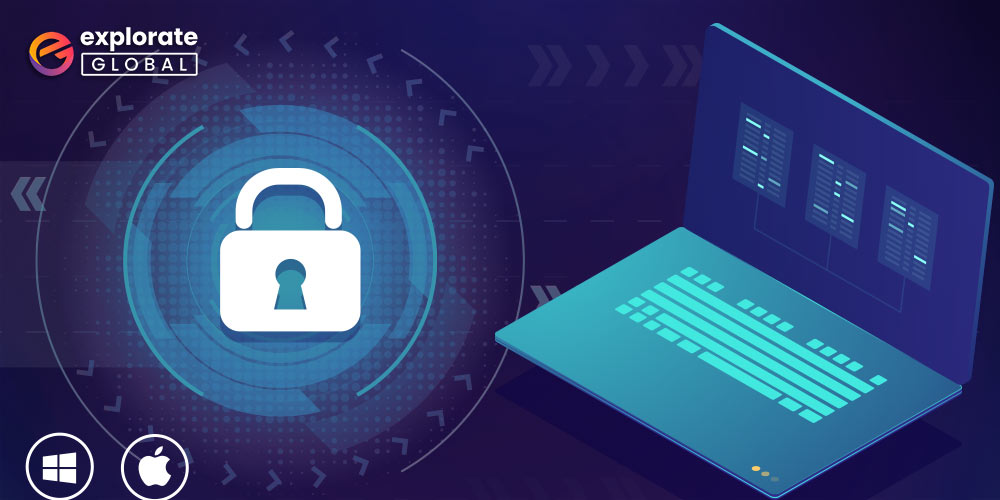Encryption software free sets the stage for this enthralling narrative, offering readers a glimpse into a story that is rich in detail. In today’s digital age, safeguarding sensitive information is paramount, and encryption software provides a crucial layer of protection.
As we delve deeper into the realm of encryption software, we will explore its various types, features, installation process, data encryption methods, user interface, security concerns, and legal considerations. Stay tuned for a comprehensive guide on how to enhance your data security effortlessly.
Introduction to Encryption Software
Encryption software is a tool that helps to secure data by converting it into a code that can only be deciphered with the right key. It plays a crucial role in protecting sensitive information from unauthorized access or cyber attacks.
Using encryption software is important for data security as it ensures that even if data is intercepted, it remains unreadable and protected. This is especially crucial in today’s digital age where cyber threats are prevalent, and data breaches can have severe consequences.
Examples of Situations where Encryption Software is Crucial
- Secure Communication: Encryption software is essential for securing email communications, instant messaging, and voice calls to prevent eavesdropping and maintain privacy.
- Online Transactions: When making online payments or sharing financial information, encryption software encrypts the data to prevent theft and fraud.
- Data Storage: Encrypting sensitive data stored on devices or in the cloud ensures that even if the device is lost or hacked, the information remains protected.
Types of Encryption Software
Encryption software plays a crucial role in securing sensitive information and communication. There are various types of encryption software available, each serving different purposes and utilizing distinct encryption methods.
Symmetric Encryption Software
Symmetric encryption software uses a single key to encrypt and decrypt data. This means that the same key is used for both encryption and decryption processes. One common example of symmetric encryption software is AES (Advanced Encryption Standard), which is widely used for securing data at rest.
Asymmetric Encryption Software
Asymmetric encryption software, also known as public-key encryption, uses a pair of keys – a public key for encryption and a private key for decryption. This method allows for secure communication between parties without the need to share a secret key. RSA (Rivest-Shamir-Adleman) is a popular example of asymmetric encryption software used for secure online transactions and communication.
End-to-End Encryption
End-to-end encryption is a method of secure communication that ensures the message is encrypted from the sender’s device and can only be decrypted by the intended recipient. This type of encryption software is essential for protecting sensitive information, such as personal messages, financial transactions, and other confidential data, from unauthorized access or interception. Messaging apps like Signal and WhatsApp use end-to-end encryption to safeguard user privacy and security.
Features of Free Encryption Software
Free encryption software offers a range of features to secure your data and communications. While they may not have all the bells and whistles of paid versions, they still provide essential tools to protect your information.
Common Features Found in Free Encryption Software
- File and folder encryption: Protect sensitive files and documents by encrypting them with a secure passphrase or key.
- Email encryption: Safeguard your email communications by encrypting messages and attachments to prevent unauthorized access.
- Secure messaging: Some free encryption software offers secure messaging platforms for private conversations.
- Full disk encryption: Encrypt your entire hard drive to ensure all data is protected in case of theft or loss.
- Cloud storage encryption: Secure your files stored in the cloud using encryption tools provided by the software.
Limitations of Free Encryption Software
- Limited features: Free encryption software may not offer advanced features like multiple encryption algorithms or secure file shredding.
- Support and updates: Free versions may have limited customer support and slower updates compared to paid versions.
- Storage limitations: Some free encryption software may have restrictions on the amount of data you can encrypt or store securely.
Examples of Reputable Free Encryption Software
- VeraCrypt: A popular open-source encryption tool that offers robust encryption features for free.
- GnuPG: An easy-to-use encryption program that allows you to encrypt emails and files securely.
- AxCrypt: A user-friendly encryption software that provides strong encryption for individual files.
Installation and Setup Process

Installing and setting up free encryption software is a crucial step to ensure the security of your data. Below are the general steps to follow along with some tips for a smooth installation process.
System Requirements
Before installing encryption software, make sure your system meets the necessary requirements to run the program smoothly. Check for the following system requirements:
- Operating System Compatibility: Ensure that the software is compatible with your operating system, whether it’s Windows, Mac, or Linux.
- Storage Space: Make sure you have enough free space on your device to accommodate the software installation.
- RAM: Check the minimum RAM requirements to ensure optimal performance.
Installation Steps
Follow these general steps to install and set up free encryption software:
- Download the software from a trusted source.
- Run the installation file and follow the on-screen instructions.
- Choose the installation directory and start the installation process.
- Once installed, launch the software and proceed with the setup wizard.
- Set up your encryption preferences and create a strong password.
- Configure any additional settings or options according to your needs.
- Start encrypting your files and folders to secure your data.
Tip: Make sure to back up your important data before installing encryption software to avoid any potential data loss during the process.
Data Encryption and Decryption

Data encryption is a process of converting plain text data into a coded format that can only be read if decrypted back into its original form. Encryption software uses complex algorithms to scramble the data, making it unreadable to anyone without the proper decryption key.
Data Encryption Process
- Encryption software takes the plain text data and processes it through a mathematical algorithm, converting it into ciphertext.
- The encrypted data is then stored or transmitted securely to prevent unauthorized access.
- Decryption requires the recipient to use the correct key to reverse the process, converting the ciphertext back into plain text.
Importance of Strong Encryption Algorithms
- Strong encryption algorithms are crucial for data protection as they ensure that sensitive information remains secure.
- Advanced encryption methods make it extremely difficult for hackers or unauthorized individuals to access and decipher the encrypted data.
- Using strong encryption algorithms adds an extra layer of security to safeguard confidential data from potential breaches.
User Interface and User Experience

When it comes to encryption software, the user interface plays a crucial role in determining the overall user experience. A well-designed interface can make the encryption process seamless and intuitive, while a cluttered or confusing interface can lead to frustration and errors. Let’s delve into the user interface and user experience of free encryption software.
User Interface of Free Encryption Software
- Free encryption software often features clean and minimalistic interfaces that focus on essential functions.
- Intuitive design elements such as clear labeling, logical flow, and prominent buttons contribute to a user-friendly experience.
- Visual cues like progress bars, status indicators, and tooltips can help users understand the encryption process better.
- Customization options for themes, color schemes, and layout can enhance user satisfaction and personalization.
User Experience and Ease of Use
- User experience in encryption software is heavily influenced by the ease of use and accessibility of features.
- Software that offers step-by-step guidance, tutorials, and tooltips can assist users in navigating the encryption process smoothly.
- Quick access to frequently used functions, such as drag-and-drop encryption, file shredding, and password management, can improve user efficiency.
- Responsive customer support, forums, or documentation can address user queries and provide assistance whenever needed.
Recommendations for User-Friendly Encryption Software Interfaces
- Veracrypt: Known for its user-friendly interface and robust encryption capabilities.
- AxCrypt: Offers a simple and intuitive interface for file encryption and decryption.
- Bitlocker: Integrated into Windows OS, providing a seamless encryption experience for users.
- GNU Privacy Guard (GPG): Open-source software with a user-friendly interface for email and file encryption.
Security and Privacy Concerns
Encryption software plays a crucial role in safeguarding sensitive information from cyber threats. By encrypting data, it ensures that even if unauthorized individuals gain access to it, they cannot decipher the content without the encryption key. However, there are certain security and privacy concerns that users should be aware of when using encryption software.
Potential Vulnerabilities
- Weak Passwords: Using weak passwords for encryption keys can make it easier for attackers to crack the encryption and access the data.
- Malware Attacks: Malware can bypass encryption by infecting the system and capturing data before it gets encrypted.
- Backdoor Access: Some encryption software may have vulnerabilities that could potentially allow backdoor access to encrypted data.
- Key Management: Poor management of encryption keys can lead to unauthorized access to sensitive information.
Benefits of Encryption Software
- Protects Data Integrity: Encryption software ensures that data remains intact and unaltered during transmission or storage.
- Secures Communication: By encrypting messages and files, encryption software helps in securing communication channels from eavesdroppers.
- Regulatory Compliance: Encryption software helps organizations comply with data protection regulations and standards.
Legal Considerations: Encryption Software Free
When it comes to using encryption software, there are important legal considerations that users need to be aware of to ensure compliance with regulations and laws. Encryption software is a powerful tool for protecting sensitive data, but its use must adhere to legal requirements in different jurisdictions.
Regulations and Compliance Requirements, Encryption software free
- Various countries have different laws and regulations governing the use of encryption software. For example, the United States has export control regulations that restrict the export of certain types of encryption software.
- Organizations may also need to comply with industry-specific regulations such as the Health Insurance Portability and Accountability Act (HIPAA) in the healthcare sector or the General Data Protection Regulation (GDPR) in the European Union.
- It is essential for users to understand the specific legal requirements that apply to their use of encryption software and ensure compliance to avoid potential legal consequences.
Best Practices for Legal Use
- Users should review and understand the legal framework governing encryption software in their jurisdiction to ensure compliance with applicable laws.
- Implementing strong encryption practices and following industry standards can help protect data while also meeting legal requirements.
- Regularly updating encryption software to address any vulnerabilities and staying informed about changes in regulations are key best practices for legally using encryption software.
Last Point
In conclusion, encryption software free empowers users to fortify their data privacy in an increasingly interconnected world. By understanding the nuances of encryption software and implementing best practices, individuals and organizations can mitigate risks and safeguard their valuable information effectively.
Top FAQs
What are the limitations of free encryption software?
Free encryption software may lack advanced features and support compared to paid versions. Additionally, customer service for free software might be limited.
How does encryption software protect sensitive information?
Encryption software uses algorithms to encode data, making it unreadable to unauthorized users. This ensures that sensitive information remains secure even if intercepted.
Are there any legal risks associated with using encryption software?
While encryption software is vital for data security, some jurisdictions have regulations regarding its use. Users should be aware of any legal implications or compliance requirements in their region.
